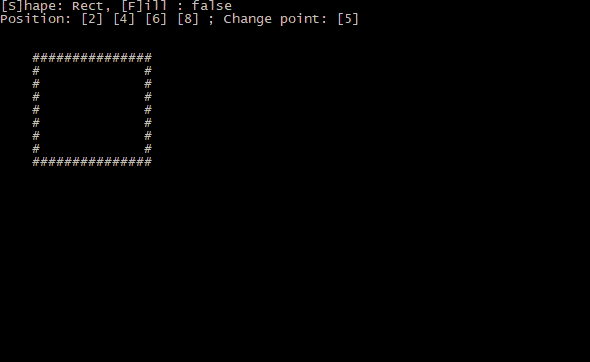Console Engine
This library provides simple features for handling user's input and display for terminal applications.
Besides the user input and display, this library also provides some tools to build standalone "screens" that can be used as simply as printing it.
It uses Crossterm as main tool for handling the screen and inputs. You don't have to worry about initalizing anything because the lib will handle this for you.
Features
- Build custom terminal display using shapes or text
- Terminal handling with a target frame per seconds
- Keyboard and mouse support
- Terminal resizing support
- You are not interested by keyboard/mouse handling, even terminal handling ? You can still build "screens" that will just print its content.
- Embedding screens to one another
Platforms
Since it uses crossterm, it should work on Windows, Linux and possibly Mac (see Tested Terminals on Crossterm's page).
example usage
ConsoleEngine (managing input & output)
use pixel;
use Color;
use KeyCode;
Screens (generating output)
use Screen;
use pixel;
Documentation
Take a look at the generated documentation.
Examples
See examples :
- drag-and-drop : Move a rectangle with your mouse
- emojis : Display an emoji on the terminal
- events : Example usage of the event polling method.
- graph : Display a graph being generated with some values.
- lines : Draw random lines of random colors on the screen.
- lines-fps : Same example as lines, but with a FPS counter.
- mouse : Simple mouse clicking test
- screen-embed : Example usage of Screen's
print_screenfunction to embed one screen into another - screen-extract : Example usage of Screen's
extractfunction to extract part of a screen - screen-simple : Example usage of Screen struct instead of ConsoleEngine
- screen-swap : Swap between several Screen structures
- scroll : Example for the
scrollfunction - shapes : Shape's functions testing tool
- snake : A simple game of snake.
- styled-rect : Example of the
rect_borderfunction - tetris : A game of Tetris
Media




